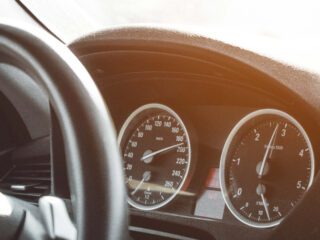Released November 19, 2015 | Decision
It was an unusual situation. Einarsen parked her vehicle on a slope and engaged the emergency brake. She entered the pub. About ten minutes later, her unoccupied automobile rolled down the slope of the parking lot. The Plaintiff, Little, was struck from behind by the rolling car as he walked across the parking lot. The vehicle continued to roll downhill and hit at least one other vehicle before coming to rest against another car owned by Stoddart.
The trial focused on the liability of Einarsen who was found not to be at fault for the roll-away car.
The important factual factors noted were:
- Stoddart testified that he looked in Einarsen’s vehicle and observed the emergency brake was activated when he left the pub to inspect his damaged vehicle.
- It was the Defendant’s practice to leave the car in first gear when parking on a slope.
- The car was a 1992 model which the Defendant had possessed for two years. The age of the car heightened the Defendant’s duty but by having the car inspected only two months before the accident, she had done what was necessary to comply with the duty.
- The Defendant was unaware of any mechanical problems at the time of the accident. She produced thorough repair records and invoices to back up her claim that the car was serviced.
- Einarsen was uncertain whether she had locked the car but there was no evidence of tampering.
- There was no evidence the brake had failed in the past.
There was both direct and circumstantial evidence that permitted the Court to draw the necessary inferences about what caused the accident. In the absence of any direct or circumstantial evidence pointing to any other cause, it was concluded that the accident would not likely have occurred if the emergency brake had been functioning properly.
The Court then questioned whether it was foreseeable that the Einarsen knew or ought to have known about a defect or inadequacy that might cause the emergency brake to fail. An owner has a duty not to use a vehicle if she knows that it is defective in any way that might cause a collision. Liability will be found against an owner who ought to have known about a defect that would have been detected by the exercise of ordinary care, caution and skill. However, an owner is not liable for all consequences that may flow from an accident that happens as a result of a mechanical defect. Liability only occurs for those defects that went uncorrected, when the owner knew or should have known by exercise of reasonable care, of their existence.
The Plaintiff failed to meet the burden of proving that his injuries were caused by anything the Defendant did or failed to do. The action was dismissed with costs.











